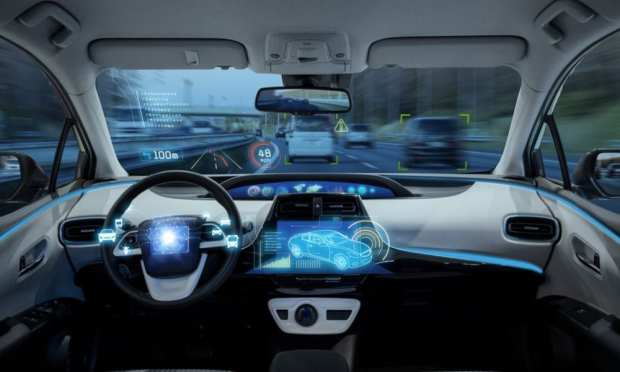GM Cruise Introduces Origin Self-Driving Vehicle

After delaying the rollout of a public self-driving vehicle service six months ago, Cruise, a majority-owned General Motors subsidiary, introduced its first vehicle designed to function without a driver inside at an event in California. Dubbed Origin, the driverless electric shuttle does not possess manual controls like a steering wheel or pedals, CNBC reported.
Kyle Vogt, the founder, president and CTO of Cruise, showed off the technology and design of the electric vehicle. He demonstrated that the seats offered as much space as airplane “extra legroom” seats and doors that part instead of swing. The executive showed a video of sensors that serve as the eyes of the vehicle and move in a way similar to the head of an owl to aid the vehicle in making sense of its surrounding environment.
The company did not provide a specific timeframe for the beginning of Origin’s production at the Tuesday (Jan. 21) event, per the report. The event comes half a year after Cruise postponed the rollout of a self-driving vehicle service in California. Cruise’s current autonomous test fleet, for its part, is based on the Chevrolet Bolt EV of GM. One car iteration that was unveiled in 2018 had the traditional interior of a vehicle but did not have manual controls.
In separate self-driving vehicle news, Alphabet’s Waymo recently marked its 100,000th trip with driverless and autonomous cars per a report in December. At the time, it was noted that the program was officially a year old and started in Arizona. Waymo also said it was going to open the service up to users of iPhone users, as only Android users could have used it in the past.
Waymo was started approximately a decade ago and it had roughly 1,500 users every month per the report. People who use that option are getting rates that are comparable to well-known services such as Lyft and Uber.
